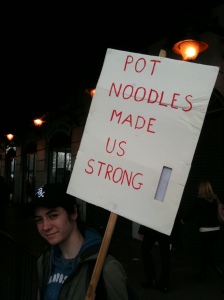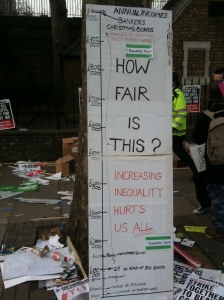Zara Ricketts wrote her postgraduate dissertation at Durham university on the subject of social media and its potential to activate large numbers of people, getting them involved in charitable causes and campaigns.
Below is an extract from her work, discussing the different ways that Facebook enables this.
“Over the past decade a vast number of SNS have been launched and achieved varying levels of success. One which has proven to be substantially more successful than the others is Facebook, with membership numbers reaching over 500million users since its launch in 2004. Its success has been credited with the features it offers, which enable the users to interact with one another through different mediums such as photos and text.
In regards to generating collective action, the group function has been perceived as key to social movements. The subject of a group varies widely from politics to jokes; and once a user joins the group they are then able to read what has been posted on the walls and contribute to the discussions. The function has been suggested as an initial step in raising support for a cause, which is reflected in the millions of groups that have been generated. Members are able to suggest joining the group to friends through group invitations, offering the chance for an individual to learn about the cause and take part in the discussion and activities. Thus this tool enables a user to engage with other users and increase awareness and support for the cause.
Other functions such as the news feed and the wall are also crucial in creating awareness on an issue as they enable people to follow other user’s activities such as group membership and conversations had with other users. This function offers the chance to disseminate information to users who are inattentive to the cause, as contact with the issue furthers knowledge and potential interest in the issue.
Although the features and functions of Facebook offer the chance to further develop collective action and social movements; the extent to which they have been used has not been fully explored. Though links have been identified, there are significant knowledge gaps in this field that need to be addressed and studied. This research is invaluable as it endeavours to identify the extent to which an SNS plays a role in the development of collective action and social movements. Further research has the possibility to dramatically change a field that is filled with uncertainty and contradicting theory.”
After all the research into social media, everyone seems to be in agreement over one thing: there is still a lot of scope for invention and experimentation. So that means that the future’s in your hands!







